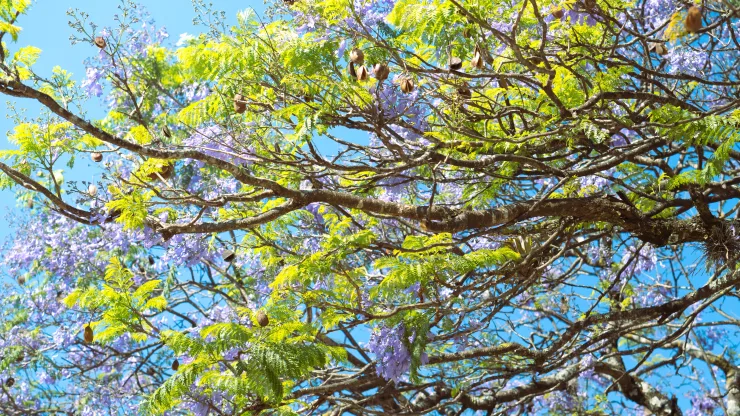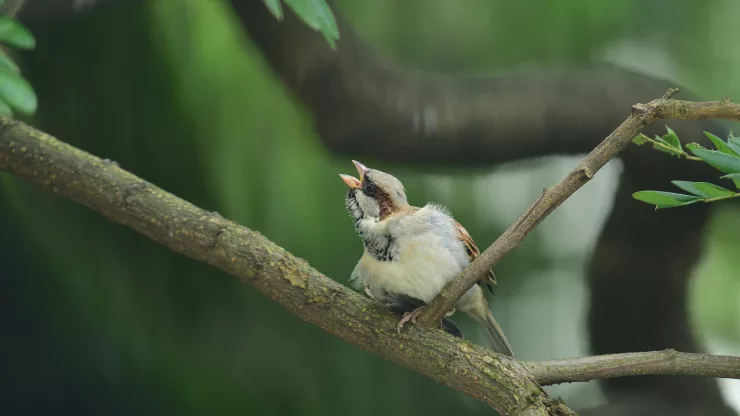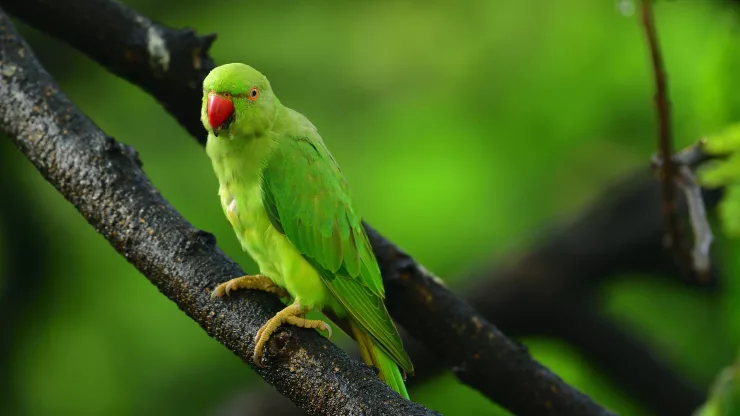Urban wildlife corridors are becoming increasingly important as cities continue to expand and encroach upon natural habitats.
These corridors provide a vital link between fragmented habitats, allowing wildlife to move freely and maintain genetic diversity.
In this article, we will explore the importance of urban wildlife corridors for genetic diversity and the challenges and strategies involved in creating effective corridors.
Jump to Section
Introduction
What are urban wildlife corridors?
Urban wildlife corridors are strips of natural or semi-natural habitat that connect fragmented habitats in urban areas.
These corridors can include green spaces, parks, and other natural areas that provide a safe passage for animals to move between habitats.
Why is genetic diversity important?
Genetic diversity is important for the survival of species, as it allows for adaptation to changing environmental conditions.
A lack of genetic diversity can lead to inbreeding, reduced fitness, and increased susceptibility to disease and environmental stressors.
The Benefits of Urban Wildlife Corridors
Enhancing Genetic Diversity
Urban wildlife corridors allow for the movement of animals between habitats, which helps to maintain genetic diversity within populations.
This is especially important for species that require large areas of habitat and have limited mobility, as they are more susceptible to genetic isolation.
Improving Ecosystem Resilience
By connecting fragmented habitats, urban wildlife corridors help to create a more resilient ecosystem.
This allows for the movement of nutrients, energy, and genetic material between habitats, which can help to maintain healthy populations of plants and animals.
Promoting Biodiversity
Urban wildlife corridors provide a habitat for a wide range of species, including birds, mammals, reptiles, and insects.
This promotes biodiversity and helps to maintain a healthy ecosystem.
Mitigating the Effects of Climate Change
Urban wildlife corridors can help to mitigate the effects of climate change by providing a corridor for species to move to more suitable habitats as the climate changes.
This can help to maintain healthy populations and prevent extinctions.
The Challenges of Creating Urban Wildlife Corridors
Limited Space
One of the biggest challenges in creating urban wildlife corridors is limited space.
As cities expand, natural habitats are often replaced with buildings and roads, leaving little room for green spaces and corridors.
Fragmented Habitats
Another challenge is the fragmentation of habitats.
Urban areas are often characterized by fragmented habitats that are separated by roads, buildings, and other barriers that make it difficult for animals to move between habitats.
Human Activities
Human activities, such as development and pollution, can also pose a threat to urban wildlife corridors.
These activities can destroy or degrade habitats, making it difficult for animals to move between them.
Successful Examples of Urban Wildlife Corridors
The Los Angeles Wildlife Linkage
The Los Angeles Wildlife Linkage is a network of wildlife corridors that stretches across the city, connecting habitats in the Santa Monica Mountains to the north and the San Gabriel Mountains to the east.
The network includes green spaces, parks, and other natural areas that provide a safe passage for wildlife.
The Singapore Ecological Network
The Singapore Ecological Network is a series of green corridors and natural areas that connect fragmented habitats across the city-state.
The network includes parks, nature reserves, and other green spaces that provide a habitat for a wide range of species.
The Melbourne Strategic Assessment
The Melbourne Strategic Assessment is a plan to create a network of wildlife corridors across the city, connecting fragmented habitats and promoting biodiversity.
The plan includes the creation of new green spaces and the restoration of degraded habitats.
Strategies for Creating Effective Urban Wildlife Corridors
Identifying Key Habitats
One strategy for creating effective urban wildlife corridors is to identify key habitats and prioritize their protection and restoration.
This can help to create a more connected network of habitats that allows for the movement of species between them.
Prioritizing Connectivity
Another strategy is to prioritize connectivity between habitats.
This can be achieved by creating green corridors and natural areas that connect fragmented habitats, or by removing barriers such as roads and buildings that prevent the movement of animals.
Incorporating Community Engagement
Community engagement is also important in creating effective urban wildlife corridors.
This can involve educating the public about the importance of biodiversity and the need for wildlife corridors, as well as involving them in the planning and implementation of corridor projects.
The Importance of Urban Wildlife Corridors for Genetic Diversity
Urban wildlife corridors are crucial for maintaining genetic diversity and promoting biodiversity in urban areas.
By connecting fragmented habitats, these corridors provide a safe passage for animals to move between habitats, allowing for the movement of genetic material and the maintenance of healthy populations.
Call to Action for Conservation Efforts
Conservation efforts are needed to protect and restore urban wildlife corridors.
This can include the creation of new green spaces and the restoration of degraded habitats, as well as the removal of barriers that prevent the movement of animals.
By working together, we can create a more connected network of habitats that supports healthy populations of plants and animals.
FAQ
What is genetic diversity?
Genetic diversity refers to the variety of genetic material within a species. This diversity allows for adaptation to changing environmental conditions and helps to maintain healthy populations.
What is a wildlife corridor?
A wildlife corridor is a strip of natural or semi-natural habitat that connects fragmented habitats, allowing animals to move freely between them.
Why are urban wildlife corridors important?
Urban wildlife corridors are important for maintaining genetic diversity, promoting biodiversity, and improving ecosystem resilience.
They provide a safe passage for animals to move between habitats, allowing for the movement of nutrients, energy, and genetic material between populations.
I’m a nature enthusiast and creator of Metro Wilds and have spent years exploring the great outdoors.
With a passion for environmental conservation and sustainability, I have dedicated my career to writing about the beauty and wonders of nature, as well as the threats facing our planet.
Contact me at [email protected] for assistance.





